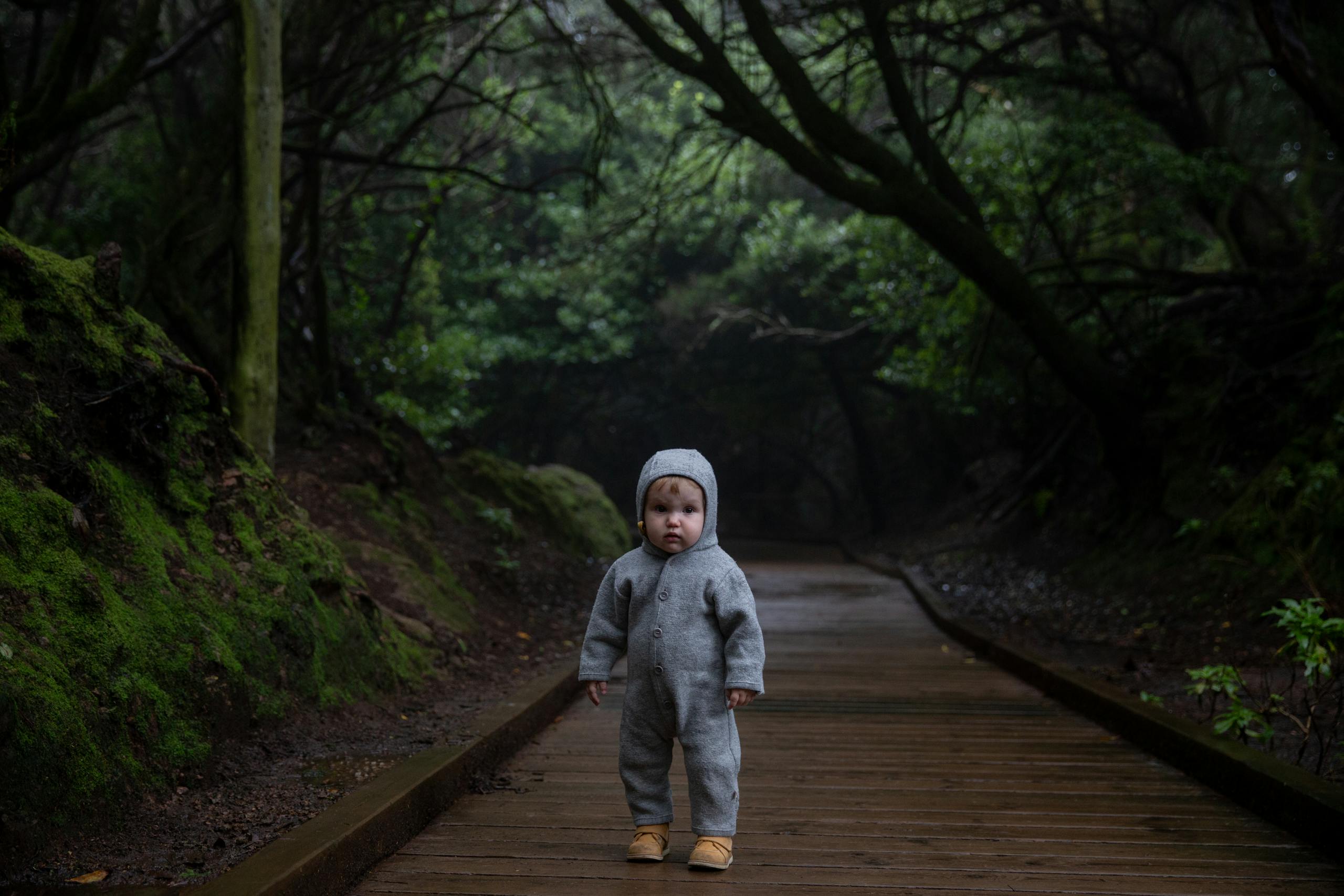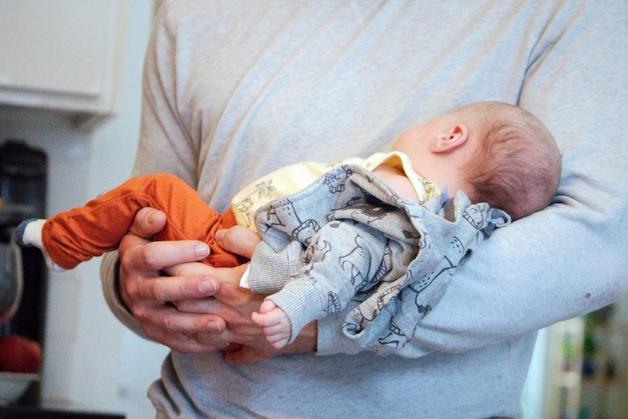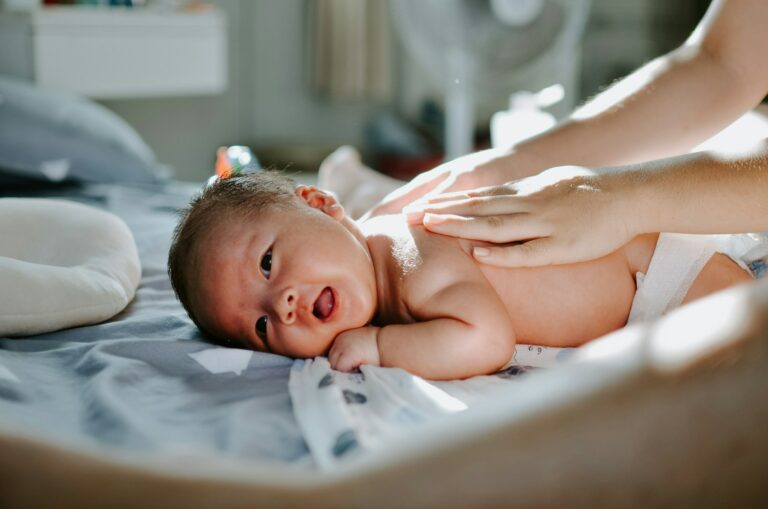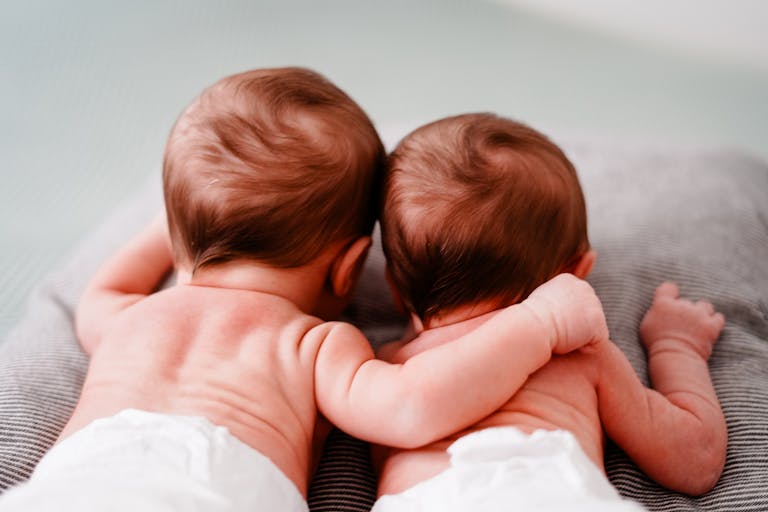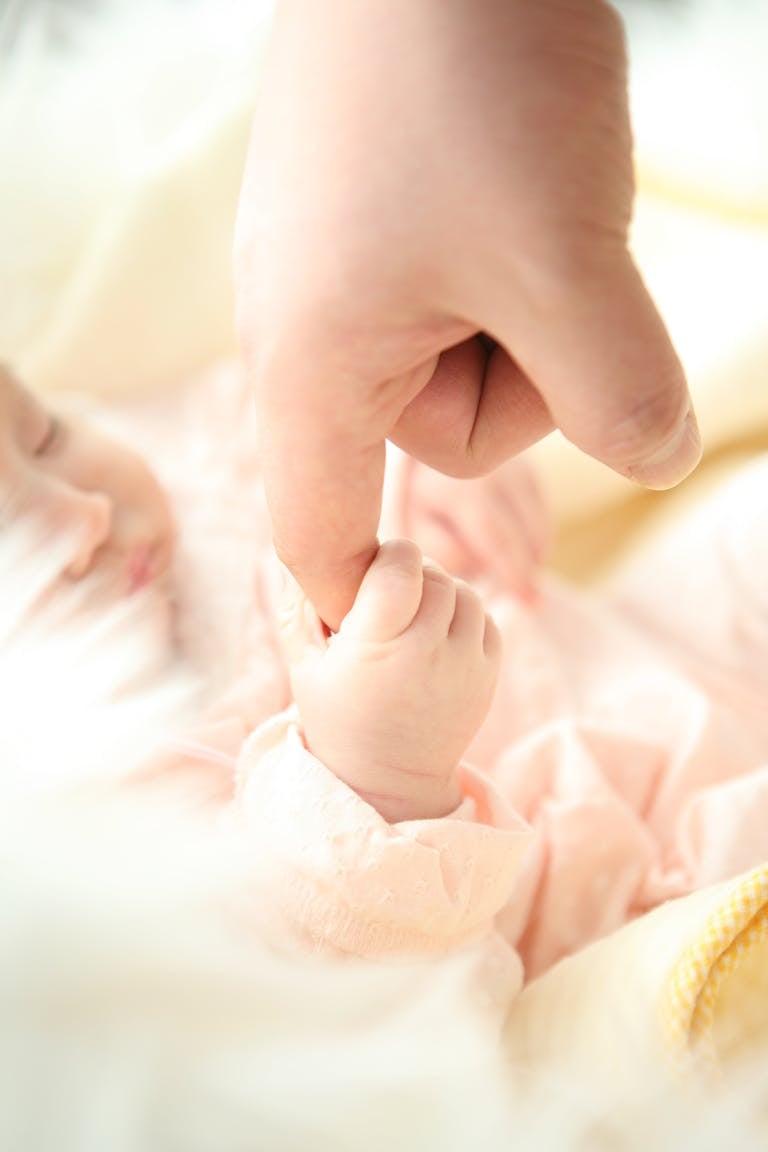Few parental experiences rival the emotional storm of baby separation anxiety—a phase both poignant and profoundly challenging. One moment, you’re slipping quietly from the room, hoping for a peaceful transition. The next? Tears, outstretched arms, your baby’s genuine distress shattering the calm. Why do even the briefest goodbyes sting so deeply for children? Is this just a normal blip, or a sign of something amiss? These are questions all caregivers face, especially when exhaustion sets in. Baby separation anxiety surfaces as families adjust to new routines, sleep disruptions, daycare transitions, or changing home dynamics. The daily puzzle of soothing, reassuring, and building trust can raise doubts and lead to guilt. What transforms a reaction so universal into either a stepping stone for resilience or, occasionally, a persistent worry? Is it all about parenting style, deeper biology, or simply the mysterious dance of early childhood development? Let’s unravel the science, emotional roots, practical solutions, and global perspectives, one evidence-based step at a time.
What Is Baby Separation Anxiety? Development, Patterns, and Medical Perspectives
Picture this: a previously content infant suddenly erupting into tears the moment you step out of sight, clinging as if separation meant the end of safety itself. Baby separation anxiety—a term that recurs in pediatric appointments and parental forums alike—usually announces itself between 6 and 9 months, intensifies through toddlerhood, then gracefully fades by the age of 3. But what’s happening under the surface? At its most fundamental, this stage signals the blossoming of object permanence: a cognitive leap where babies realize you still exist even when invisible, but don’t yet trust you’ll return.
This isn’t simply a behavioral outburst. From a developmental neuroscience perspective, separation anxiety emerges from rapidly maturing brain circuits—networks tuning up memory, emotion regulation, and stress response. Distress reactions (crying, clinging, resisting sleep or new people) are outward signs of an internal shift. For the majority of infants, these episodes resolve naturally as cognitive and emotional resilience grow. However, it’s important for parents to distinguish between typical separation anxiety and separation anxiety disorder—an intense, persistent condition that genuinely disrupts daily life and may require professional intervention.
Why Does Baby Separation Anxiety Happen? The Science and Emotional Roots
Why are some babies seemingly unshakeable, while others unravel at the briefest departure? The answer is tangled in both biology and lived experience. Infants depend on a secure attachment—that felt sense of safety from responsive caregiving—for survival. Separation triggers a cascade of stress hormones and an urgent, instinctive drive to regain proximity. Has your baby suddenly seemed aware you might not return? That’s the birth of object permanence and an expanding memory network. As the infant brain processes these new realities, anxiety levels can spike.
Yet, paradoxically, those with deeply nurturing bonds often show the strongest reactions. It’s not a sign of “spoiling” or parental shortcoming, but of emotional investment. Environmental stressors—moves, routine changes, illness, or starting daycare—can magnify anxiety. Family temperament plays a role too: children with sensitive, high-reactive styles or with anxious family members may be more prone to intense separation distress. Interestingly, research underscores that babies pick up on parental cues—your calmness, anxiety, or even that heartfelt attempt to sneak away.
Signs and Symptoms: What Should Parents Notice?
Baby separation anxiety doesn’t look the same for every child. It can range from a faint whimper to dramatic, full-body protests. Medically, signs most often include:
- Sudden bouts of inconsolable crying when a primary caregiver leaves, even if briefly.
- Physical clinging—arms tight, body pressed close—especially in new or crowded environments.
- Sleep disruptions: persistent waking, agitation before bed, refusal to sleep without close contact.
- Marked distress even when left with familiar, trusted adults.
- Subtle shifts in eating or daily routines.
These signs—while distressing for parents—reveal a baby’s growing emotional complexity and their search for predictability and reassurance. However, if anxiety is extreme, lingers beyond age 3, or results in symptoms like panic attacks, nightmares, or physical complaints (stomachaches, headaches) around separation, seeking a pediatric evaluation is wise.
The Impact on Sleep: Night Wakings, Bedtime Struggles, and the Search for Comfort
Few topics spark as much parental debate as sleep. When baby separation anxiety collides with bedtime, you may find yourself walking a tightrope between soothing and encouraging independence. Why does this anxiety surface so strongly at night? Simply put, as babies become more attuned to your presence (or absence), bedtime triggers the ultimate test—a lengthy separation. Sleep disruptions surface: frequent waking to check for reassurance, difficulty falling asleep without physical contact, or heightened distress if routines change.
What helps? Pediatric sleep research emphasizes predictable routines—bath, story, lullaby—for signaling safety. If your baby is over 12 months, a favorite soft toy or blanket can become a powerful comfort object—an attachment bridge during absence. Brief, calm goodbyes, rather than extended rituals, help babies build tolerance, while gradual exposure to short separations during the day can strengthen their confidence at night. Remember: for infants under 12 months, avoid loose objects in the crib due to safety guidelines.
Strategies for Supporting Your Baby: Practical Tools Rooted in Evidence
What lowers the emotional temperature while setting the stage for healthy independence? Consider these approaches, shaped by clinical research and attachment theory:
- Consistent routines offer predictability in a world full of change.
- Narrate absences, even for very young infants: “I’ll come right back after your nap.”
- Slow, incremental separations: begin with five or ten minutes, increase only as tolerance grows.
- Return reliably—reunion moments matter as much (if not more) than goodbyes.
- Transitional objects—those treasured items—anchor a sense of safety.
- Validate distress calmly: “I see you’re upset. I’ll always return.” This emotional naming lays the groundwork for later self-regulation.
- Encourage moments of independent play, no matter how brief, and celebrate any small step towards calm separation.
- Physical reassurance—gentle holding, soothing voice—quiets the nervous system.
If these steps are consistently applied and separation anxiety persists or escalates, input from a mental health or child development specialist can be invaluable for tailored support.
Fear of Abandonment Versus Separation Anxiety: Subtle Yet Significant Differences
Baby separation anxiety is an expected, developmentally appropriate response to brief absences. Fear of abandonment runs deeper: an internal worry that the caregiver might vanish and not return. Babies expressing strong abandonment fears show more intense behaviors—sometimes resisting all attempts at comfort, remaining inconsolable far beyond the expected duration. For parents, being attuned to this distinction helps shape sensitive, effective responses.
The Family Ripple Effect: Parental Stress, Routine Upheaval, and Finding Balance
The emotional waves of baby separation anxiety do not end with the child. Family routines shift—parents may find themselves stretched by night wakings, disrupted schedules, or the emotional toll of repeated distress. Acknowledging these ripples is not only healthy, it’s supported by science. Chronic parental stress can worsen a child’s anxiety, creating a feedback loop. Carve out pockets of rest, rely on trusted caregivers, and consider professional advice if impacts are severe. Relentless guilt serves no one; instead, focus on reasonable steps and celebrate progress.
Prevention, Early Intervention, and When to Seek Help
What can reduce the intensity or duration of baby separation anxiety? Proactive, nurturing routines—consistent meal, nap, and sleep patterns—anchor safety. Practicing brief separations, offering positive feedback for independent play, and managing stressful transitions gently go a long way. Respect family traditions—co-sleeping or communal caregiving, for example—while adapting as your child’s needs change.
Consider consulting a healthcare professional if:
- Separation-related anxiety is persistent, intense, or stops your family from daily activities.
- Your child is older than 3 and still highly distressed by absences.
- You notice panic attacks, frequent nightmares, or unexplained physical symptoms at anticipation of separation.
Early input leads to more specific support, helping both parents and child build confidence.
Baby Separation Anxiety Across Cultures: A Spectrum of Norms
Worldwide, caregivers address baby separation anxiety through distinct cultural lenses. In some societies, co-sleeping or group caregiving provides constant proximity and reassurance. In others, there is a deliberate focus on fostering independence and solo sleep, often seen as a stepping stone to self-assurance. Neither model is inherently superior. Relevant medical guidelines suggest the best approach is the one that supports the emotional wellbeing of both child and parent, fits with personal values, and adapts sensitively as needs shift.
What the Evidence Tells Us: Medical and Scientific Insights
Large-scale developmental studies have systematically shown that secure attachment, measured by the quality (not the quantity) of caregiver response, predicts the most resilient outcomes. Brief, predictable separations, comfort objects, and warm, consistent routines encourage self-confidence. The nervous system is highly plastic in early years: responsive care helps shape everything from emotion processing to sleep regulation. If, instead, anxiety remains severe and disrupts social or family life, timely intervention prevents longer-term concerns.
Myths and Common Misconceptions
Does comforting a distressed baby “spoil” them? Modern neuroscience says no. Sensitive, attuned responses build the very architecture needed for later resilience and autonomy. Ignoring or abruptly leaving a crying child is not only less effective, it can backfire, increasing distress. Healthy independence grows not from forced self-soothing, but from repeatedly experiencing safe separations and loving reunions. Myths persist, yet science repeatedly reaffirms the value of empathy and gradual growth.
Key Takeaways
- Baby separation anxiety is a developmental stage reflecting healthy emotional and cognitive growth—its presence signals attachment, not weakness.
- Recognize the natural trajectory: most children transition through this phase as trust in routines and reunions builds.
- Consistent, sensitive routines, brief separations, transitional objects, and calm responses lay the foundation for secure attachment and future independence.
- There is enormous cultural diversity in handling nighttime routines, separation tactics, and caregiving—find the approach that aligns with your family’s needs and values.
- If anxiety is persistent, intense, or impacts family life, consulting a pediatrician or specialist can transform the experience for everyone.
- Professional resources, supportive communities, and evidence-based apps offer practical tools for navigating baby separation anxiety. Explore tailored advice and free child health questionnaires on the Heloa app to feel more empowered and informed, every step of the way.
Questions Parents Ask
How long does baby separation anxiety last?
Separation anxiety in babies is a temporary phase, usually beginning around 6 to 9 months and often easing up by the age of 2 or 3 years. The duration varies widely—some children move through this stage quickly, while others take a bit more time. If you notice the anxiety continuing intensely past age 3, or interfering with daily life, it may be worthwhile to discuss your concerns with a healthcare professional. Most importantly, this phase reflects growing attachment and emotional awareness, not a problem or parenting failure.
Can separation anxiety affect eating or other daily routines?
Yes, it is quite common for separation anxiety to temporarily influence eating habits or other parts of daily life. Some babies may become more selective with food or show less interest in meals, especially when upset after a goodbye. Sleep patterns and playtime can also be impacted. Rassurez-vous, these changes are usually short-term. Offering gentle encouragement, maintaining a consistent routine, and providing extra comfort can help your child regain their usual appetite and sense of security over time.
Are there ways to help my baby feel more secure during separations in new environments?
Absolutely. New places can intensify separation anxiety for some children. To help, try bringing along a familiar object, like a blanket or a favorite toy, which can provide extra comfort. Take a few minutes to explore the new space together before saying goodbye—pointing out friendly faces or interesting objects can be soothing. Short, positive goodbyes and the assurance that you’ll return can make a real difference. Remember, your calm and reassuring presence is a powerful source of comfort.
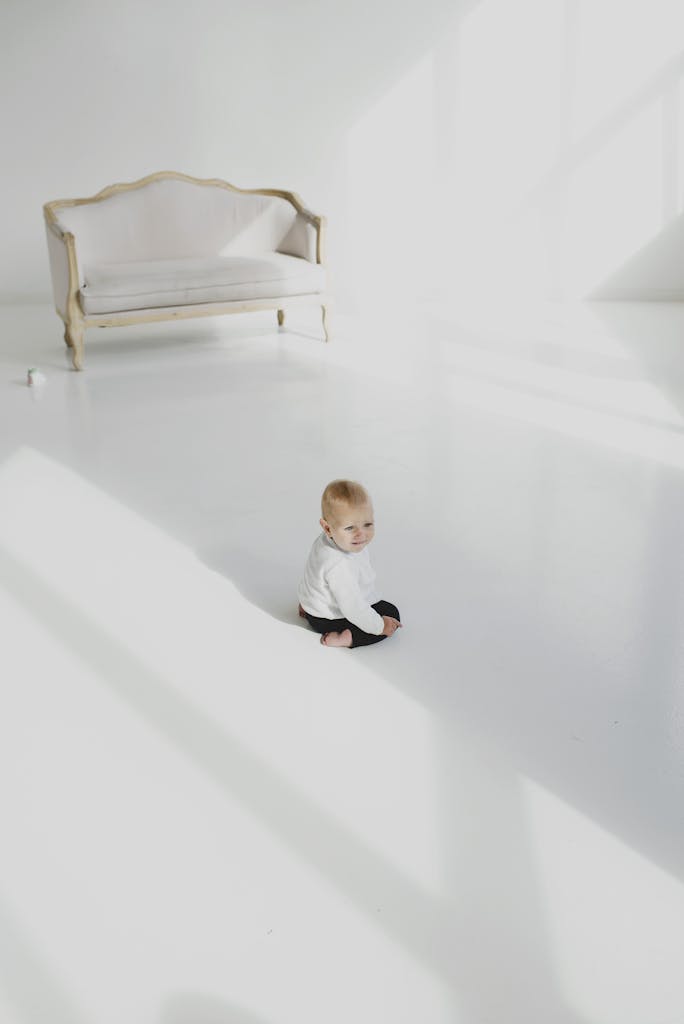
Further reading:

